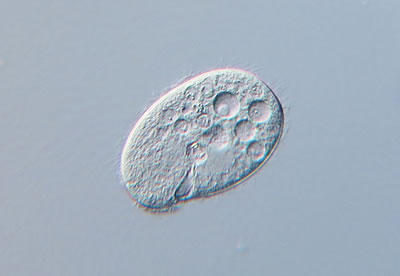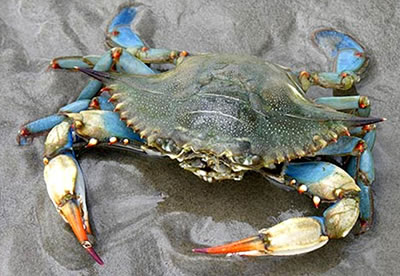Density-dependent factors limit population growth
Why did the lionfish population’s growth rate decrease as the population grew very large? Populations of lionfish, and other species with logistic growth, are limited by negative density-dependent factors. These factors reduce a population’s growth rate when the population’s density (and thus size) is large — typically by reducing the survival, reproduction, or growth of the individuals in the population.
Read about four negative density-dependent factors to learn how they limit population growth.
Intraspecific Competition
Intraspecific competition is competition between individuals of the same species for food, space, and other resources. As the population grows and consumes more resources, individuals must compete for the remaining, limited resources. This reduces the survival, development, and reproduction of some individuals — which ultimately reduces population growth.
Interspecific Predation
Interspecific predation is when individuals in a population are killed and eaten by predators of a different species. As a population grows, individuals in the population are more likely to be found and killed by predators. This reduces individual survival and overall population growth.
Diseases and Parasites
Diseases and parasites become more common as a population grows larger. They can kill some individuals and lower the fitness (reproduction, likelihood of survival, or lifespan) of others, which reduces overall population growth.
Case Studies
Explore case studies from published research that show different negative density-dependent factors at work. You may explore all the case studies on your own or explore one or a few in-depth and learn from classmates about the other cases.




